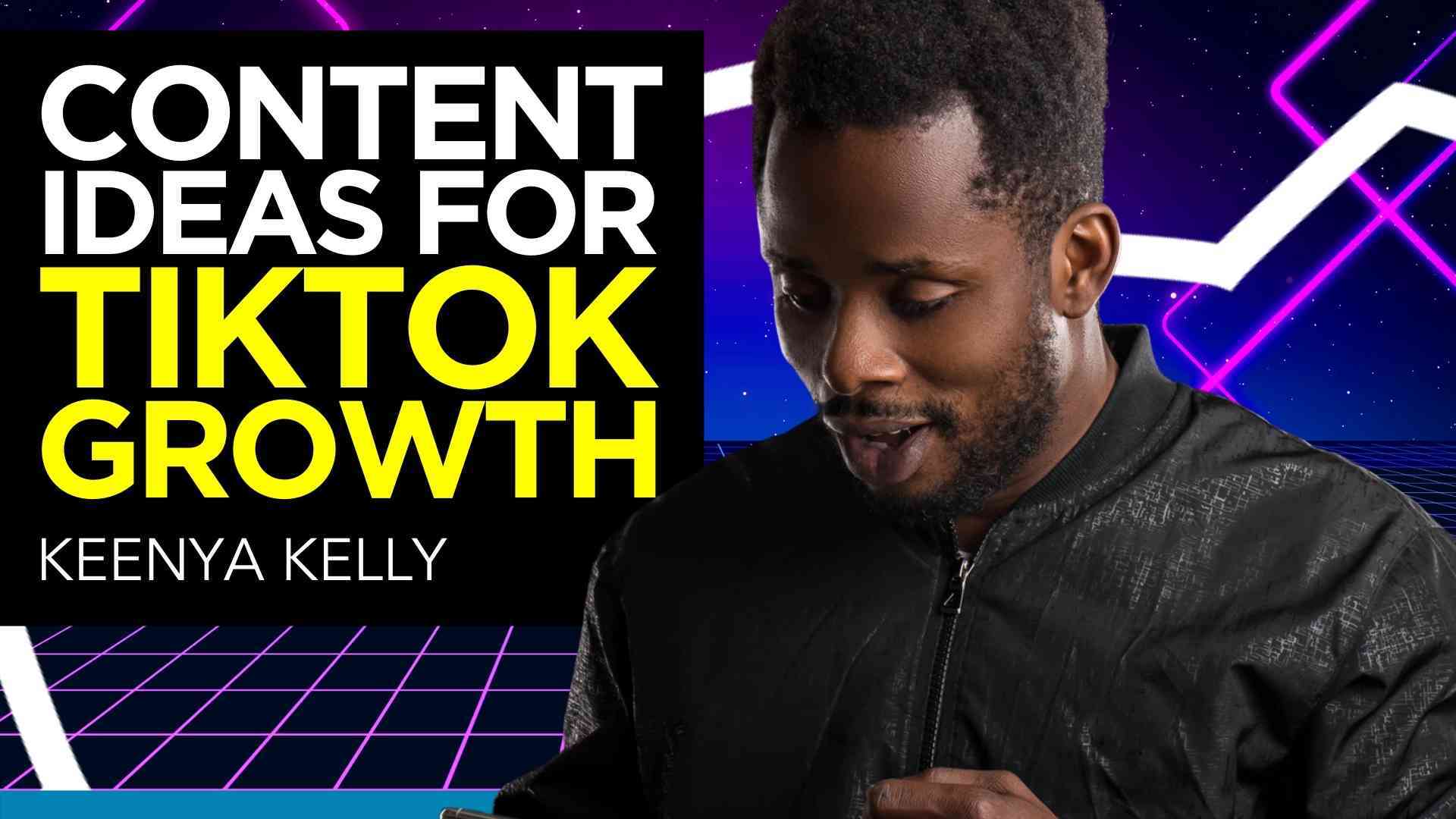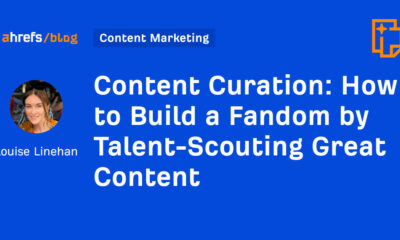MARKETING
Content Ideas for TikTok Growth

As a business owner, finding great content ideas for Tiktok growth is important because you have to keep your audience invested in your offerings. You must find a balance between sharing fun content that brings the traffic and the educative content that keeps them.
So, here are some helpful tips on content ideas that appeal to TikTok users and will help bring more followers. All you need is to tailor these ideas to your niche, implement them, and watch your brand grow.
8 Content ideas for TikTok growth and more followers
1. Share regular inspirational content.
Inspiration will never go out of style and is not only reserved for wellness professionals alone. As a business owner, I understand the struggle of helping someone see beyond their limitations. A typical coach breathes empathy; with this, I send out words of encouragement to my fellow female coaches and followers.
Everyone craves inspiration; whether your audiences are coaches or not, you can start with a common fear in your niche. Pick each limitation a day, dissect it, and provide workable tips on overcoming them. This strategy will attract engagement and more followers to your favor.
2. Share valuable and educational content.
People naturally seek ways to improve their skills, and I feel fulfilled and happy when I share valuable tips with my audience. Similarly, one content that will draw tons of likes, shares, etc., is educational content. How-tos or simple solutions to a difficult task will increase traffic and boost growth.
I shared a video on different ways to use/repurpose your video content here. This post expectedly drew lots of reactions and followers.
Again, I share coaching tips, the tools that help, and how to get started on your craft. You can look at FAQs unique to your niche for the topics to make educational content on. This way, you are giving solutions to issues that affect your audience.

DOWNLOAD: The TikTok Ad Set Up Guide. Learn how to quickly create 16 TikTok ads in the least amount of time possible. Click Here
3. Don’t ignore challenges and trends.
Participating in challenges on TikTok is one of the ways to increase engagement and draw traffic. Tiktok users love fun challenges, and they love to join them, so you can join a challenge or start one if you can. Don’t ignore the trending sounds or the dance challenge. You can recreate a challenge, tailor it to your niche, and enjoy the engagement.
4. Talk about your interests.
What are your hobbies or regular activities you participate in when you’re not working? Share them, make a video, and post them on your TikTok. Do you love meditating in the morning or some aerobics? Feel free to share tips on incorporating them into your daily regimen. Or what business book are you reading? Then, share the lessons from those books or a movie you recently watched. This makes your audience feel more connected to you and will increase their trust in your offerings.
5. Leverage current issues.
What is in the news in your community? You can create interesting content around it. Make a video and share your opinion; this will attract comments, likes, shares, and more followers. When engagement grows on your page, the algorithm draws more people to view it, increasing your chances of more followers.
6. Hop on the duet and stitch trend.
These TikTok features are excellent for engagement. Users look forward to fun collaboration from duets and stitch. So, feel free to explore them and pull more views and followers in a gradual swoop.
7. Celebrate special holidays with your followers.
Christmas, independence, Halloween, etc., are special holidays, and people spend more time on social media. So, take advantage of the period and create content about what your brand is doing or offering for the season and post it on your page.
8. Question and Answers are still great content.
Upon its launch in 2021, the question and answer features are my go-to when I need to sample my followers’ opinions about a new challenge, feature, or trend. When I enable the “answer” feature, my commenters may flag their comments as questions so that I can attend to them.
Sometimes, I may reply with a text or a video to visually answer the questions and drive engagement to my page.
You can also look for what content influencers in your niche are posting and try replicating them. This also gives you insight into topics in your niche that are bringing in traffic and followers. Additionally, you can collaborate with them and gain more traffic to your page and followers. This is an excellent way to grow your TikTok account and even start making money from the app.




















You must be logged in to post a comment Login